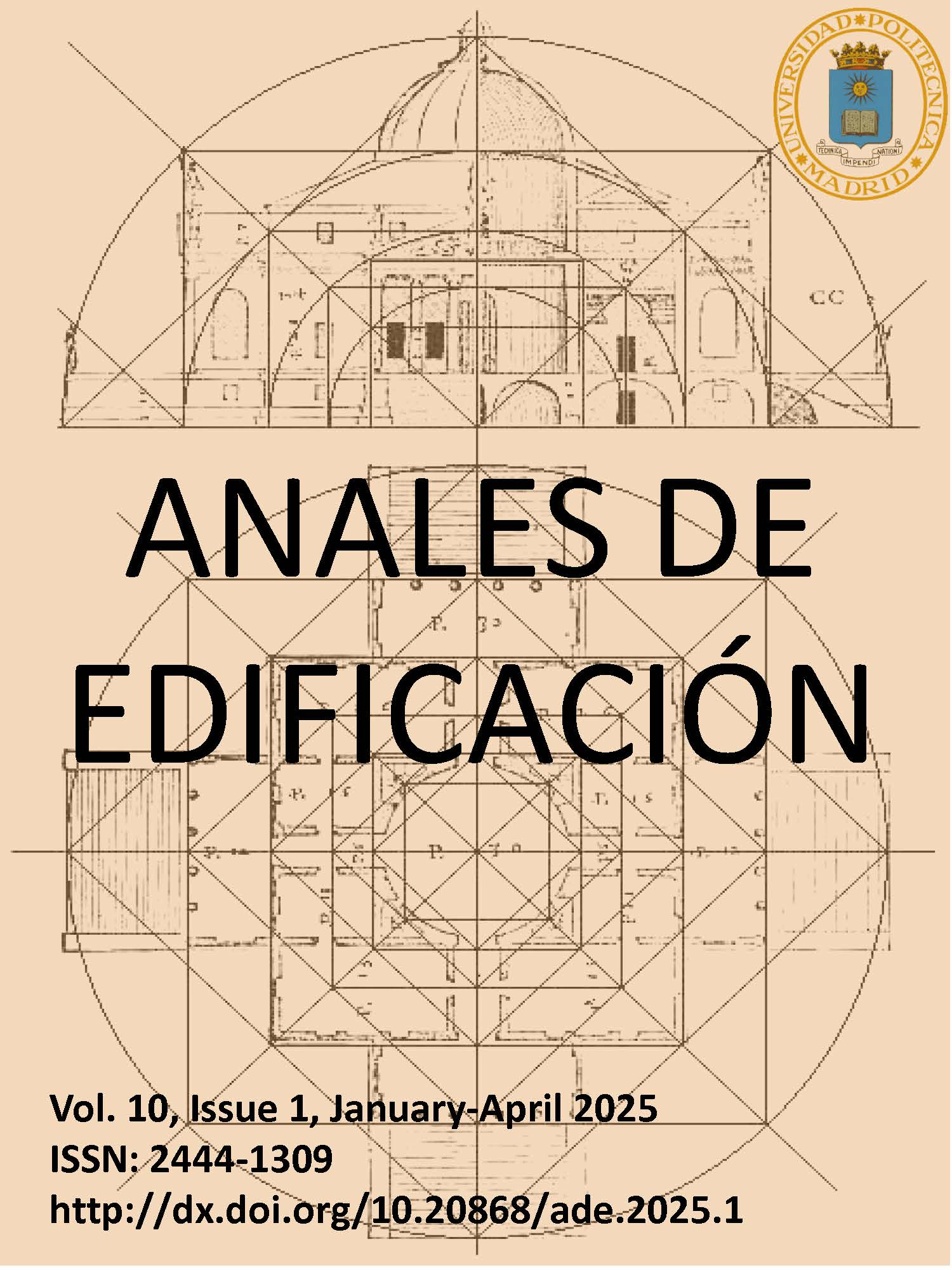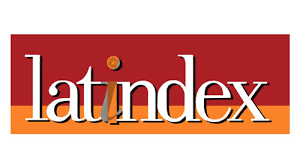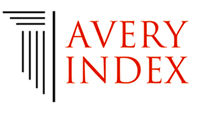Diagnosis of the sustainability of the performance of educational centres and development of tools to increase the competences of the educational community
DOI:
https://doi.org/10.20868/ade.2025.5383Abstract
The ECF4CLIM project co-designs, tests and validates a European competence framework for the education community to drive the transition to a sustainable, low-carbon economy, involving schools from different European countries. In this context, the energy and environmental performance of each school is analysed. This diagnosis is being carried out through audits and analysis tools. The audits are based on the collection of relevant documentation, visits and surveys in the different educational centres, characterising the construction of the buildings, energy and water consumption and other environmental parameters. The IT tools allow calculating the environmental footprint, identifying climate-adapted retrofitting strategies and assessing sustainability interventions. The combined application of both tools provides the most appropriate guidelines to be implemented in each centre to optimise its performance.
Downloads
References
1. Banco Mundial. https://datos.bancomundial.org/indicador/SP.POP.TOTL (accedido el 17/03/2023).
2. ClimACT project. Transition to a low carbon economy in schools. https:// http://www.climact.net/ (accedido el 17/03/2023).
3. Código Técnico de la Edificación (CTE) Documento Básico de Ahorro de Energía (DB-HE). https://www.codigotecnico.org/DocumentosCTE/DocumentosCTE.html (accedido el 17/03/2023).
4. Digital Platform. ECF4CLIM-A European competence framework for a low carbon economy and sustainability through education: https://ecf4clim.smartwatt.net/simulators-space/simulators-space.html#environmental (accedido el 17/03/2023).
5. ECF4CLIM-A European competence framework for a low carbon economy and sustainability through education. https://www.ecf4clim.net/ (accedido el 17/03/2023).
6. EnergyPlus™. Computer software. Version 00. September 30, 2017. https://www.osti.gov//servlets/purl/1395882 (accedido el 17/03/2023).
7. European Commission - Joint Research Centre. 2011. International Reference Life Cycle Data System (ILCD) Handbook Recommendations for Life Cycle Impact Assessment in the European context. First edition November 2011. EUR 24571 EN. Luxemburg. Publications Office of the European Union; 2011.
8. European Environment Agency (2021). Total greenhouse gas emission trends and projections in Europe. https://www.eea.europa.eu/ims/total-greenhouse-gas-emission-trends (accedido el 17/03/2023).
9. Eurostat - high-quality statistics and data on Europe https://ec.europa.eu/eurostat/statistics-explained/index.php (accedido el 17/03/2023).
10. IPCC, 2022: Climate Change 2022: Impacts, Adaptation, and Vulnerability. Contribution of Working Group II to the Sixth Assessment Report of the Intergovernmental Panel on Climate Change [H.-O. Pörtner, D.C. Roberts, M. Tignor, E.S. Poloczanska, K. Mintenbeck, A. Alegría, M. Craig, S. Langsdorf, S. Löschke, V. Möller, A. Okem, B. Rama (eds.)]. Cambridge University Press. Cambridge University Press, Cambridge, UK and New York, NY, USA, 3056 pp., doi:10.1017/9781009325844. [Gamarra A. et al. (2021) Low-Carbon Economy in Schools: Environmental Footprint and Associated Externalities of Five Schools in Southwestern Europe. Energies 14(19), 6238.
11. A.R. Gamarra, I.R. Istrate, I. Herrera, C. Lago, J. Lizana, Y. Lechón. Energy and water consumption and carbon footprint of school buildings in hot climate conditions. Results from life cycle assessment, Journal of Cleaner Production, Vol. 195, (2018) 1326-1337, ISSN 0959-6526, https://doi.org/10.1016/j.jclepro.2018.05.153
12. A.R. Gamarra, I. Herrera, Y. Lechón, Assessing sustainability performance in the educational sector. A high school case study, STOTEN, Vol. 692 (2019) Pag.465-478, ISSN 0048-9697, https://doi.org/10.1016/j.scitotenv.2019.07.264
13. Lizana J. et al. (2021) A methodology to empower citizens towards a low-carbon economy. The potential of schools and sustainability indicators Development of integrated demand and supply side management. J. Environ. Manage. 284, 112043.
Downloads
Published
Issue
Section
License
Copyright (c) 2025 Autor / BY-NC

This work is licensed under a Creative Commons Attribution-NonCommercial-NoDerivatives 4.0 International License.
Anales de Edificación does not charge authors for processing or publishing an article and provides immediate Open Access to its content. All content is available free of charge to the user or his institution. Users are permitted to read, download, copy, distribute, print, search or link to the full text of articles, or use them for any other lawful purpose, without prior permission from the publisher or author. This is in accordance with the BOAI definition of open access.
- Authors retain the copyright and grant to the journal the right to a Creative Commons attribution / Non-Commercial / Non-Derivative 4.0 International (CC BY NC ND) License that allows others to share the work with an acknowledgement of authorship and non-commercial use.
- Authors may separately establish additional agreements for the non-exclusive distribution of the version of the work published in the journal (for example, placing it in an institutional repository or publishing it in a book).
Unless otherwise indicated, all contents of the electronic edition are distributed under a Creative Commons license.












